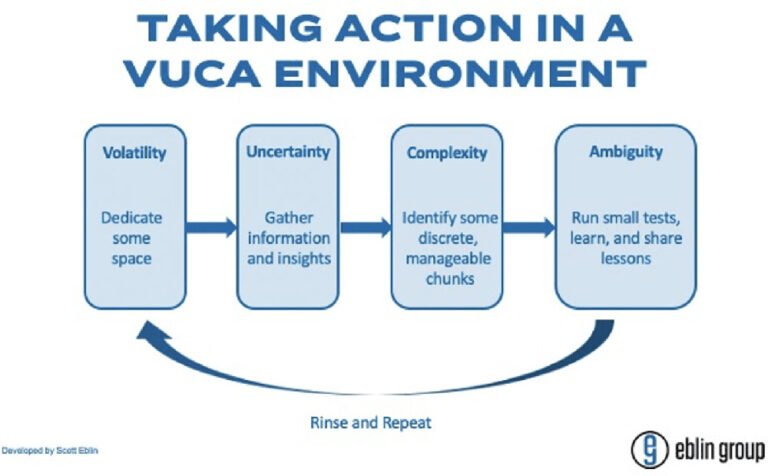In the ever-evolving landscape of the modern world, leaders are constantly faced with challenges that are volatile, uncertain, complex, and ambiguous. These conditions, often referred to as VUCA, require a unique set of skills and strategies to navigate successfully. Back in the early days of the COVID-19 pandemic, leaders were already grappling with these issues. However, as we look at the current state of affairs in February 2025, it’s clear that the level of VUCA has only increased.
One of the key drivers of this heightened VUCA environment is the rapid advancement of artificial intelligence. Every week seems to bring new breakthroughs and applications in AI technology, promising to disrupt industries and reshape the way we work and live. With this level of uncertainty and complexity, leaders need to be prepared to adapt and respond quickly to these changes.
On top of this technological disruption, we are also seeing significant political and economic upheaval. From tariffs and government policy changes to challenges to diversity, equity, and inclusion initiatives, the landscape is constantly shifting. This level of volatility and ambiguity can easily overwhelm leaders if they are not prepared.
So, how can leaders navigate through this non-stop VUCA environment? One approach is to break it down into clear steps that help to focus efforts and determine the best course of action. The following framework offers a structured approach to leading in turbulent times:
1. Volatility: In volatile environments, it’s essential to create space for yourself and your team to think. Taking a step back, breathing deeply, and focusing on the most important priorities can help to calm the chaos and clarify next steps.
2. Uncertainty: Uncertain environments lack historical precedents, making it challenging to predict outcomes. Gathering data and insights from reliable sources can help to reduce uncertainty and provide a clearer picture of the situation.
3. Complexity: Complex environments are filled with variables that interact in unpredictable ways. Breaking down actions into manageable chunks can help to avoid option overload and analysis paralysis. Focusing on incremental progress can lead to more successful outcomes.
4. Ambiguity: Ambiguous environments lack clear endpoints, making it easy to fall into inaction. Running small tests and sharing learnings can help to keep momentum and engagement high, even when long-term outcomes are unclear.
By following these steps and continuously iterating on them, leaders can navigate through the challenges of a non-stop VUCA environment. It’s essential to remain flexible, adaptive, and focused on the most critical priorities to lead effectively in times of uncertainty and change.
What VUCA challenges are you facing lately? What steps are working for you, or what has you stuck? Share your experience and insights on this article. If you enjoyed this content, subscribe here to get the latest ideas on how to lead and live at your best.

